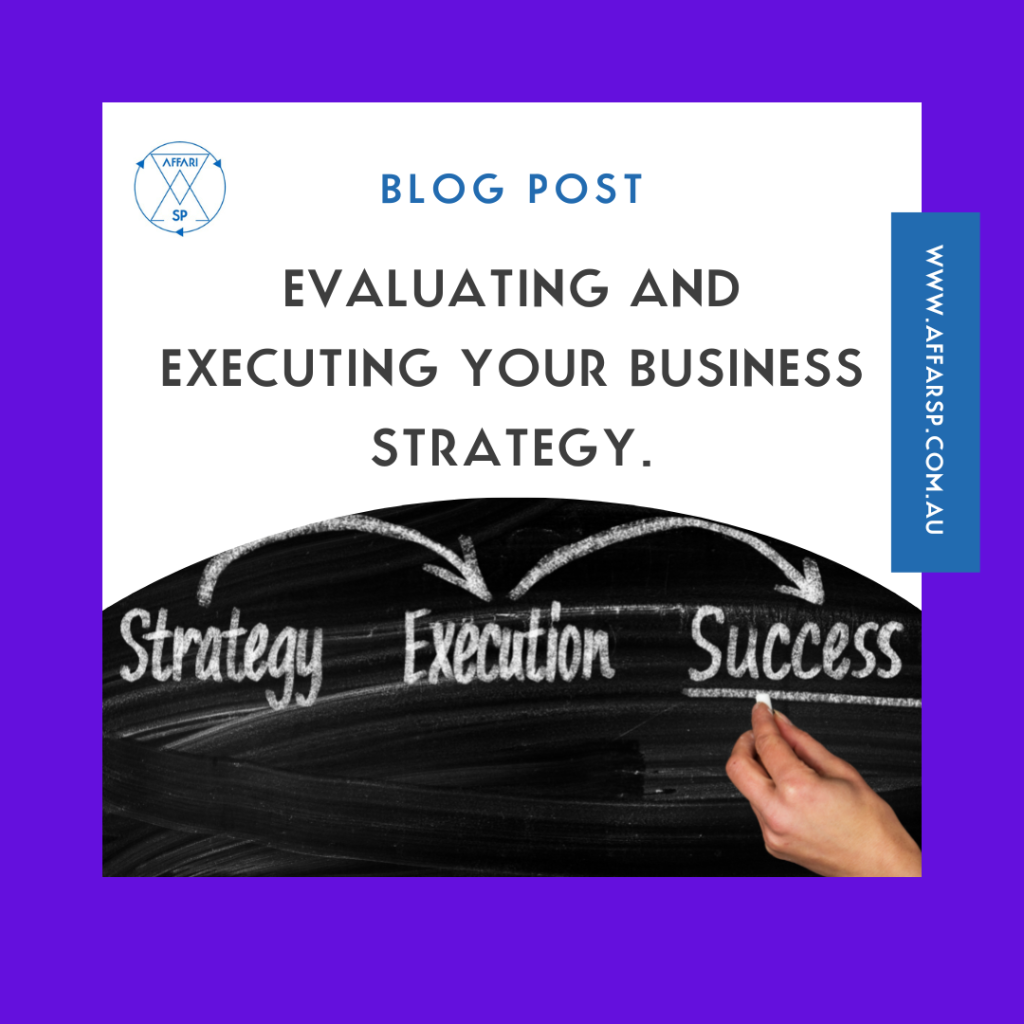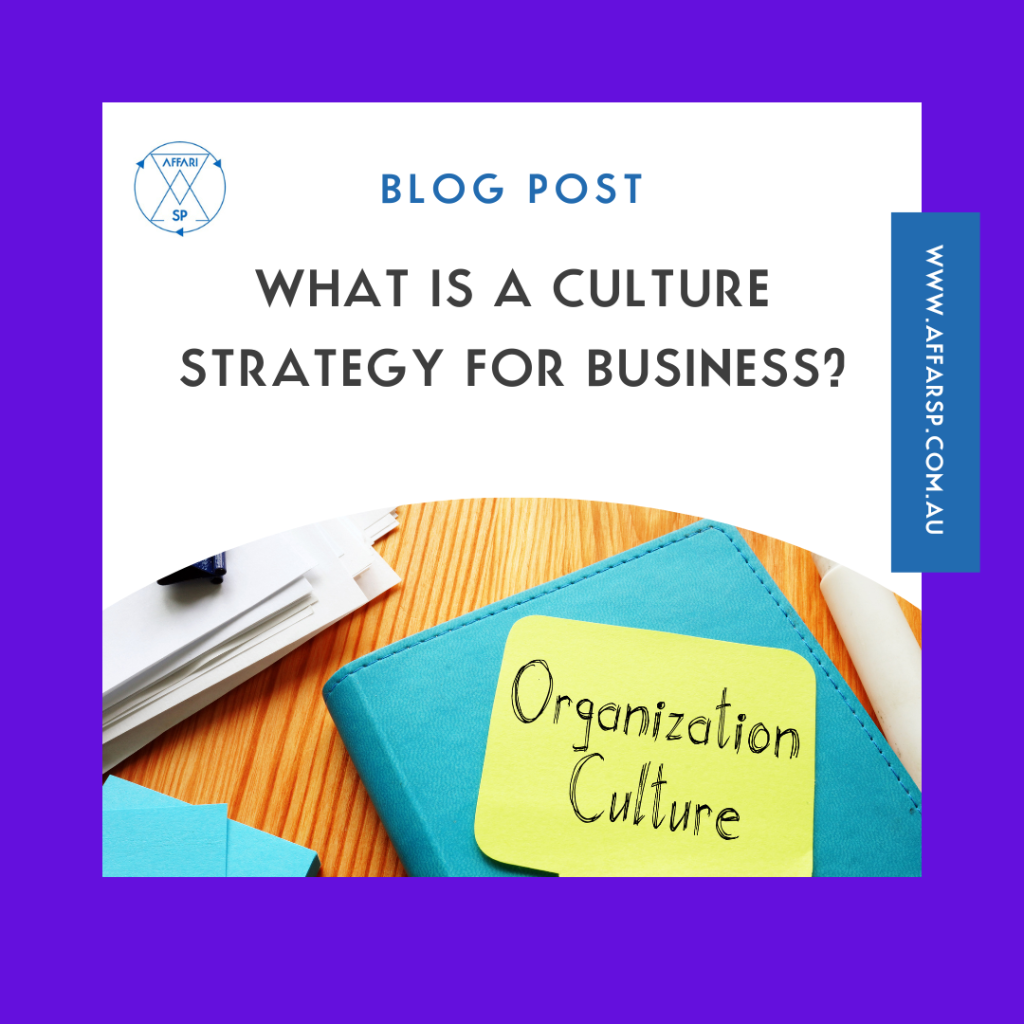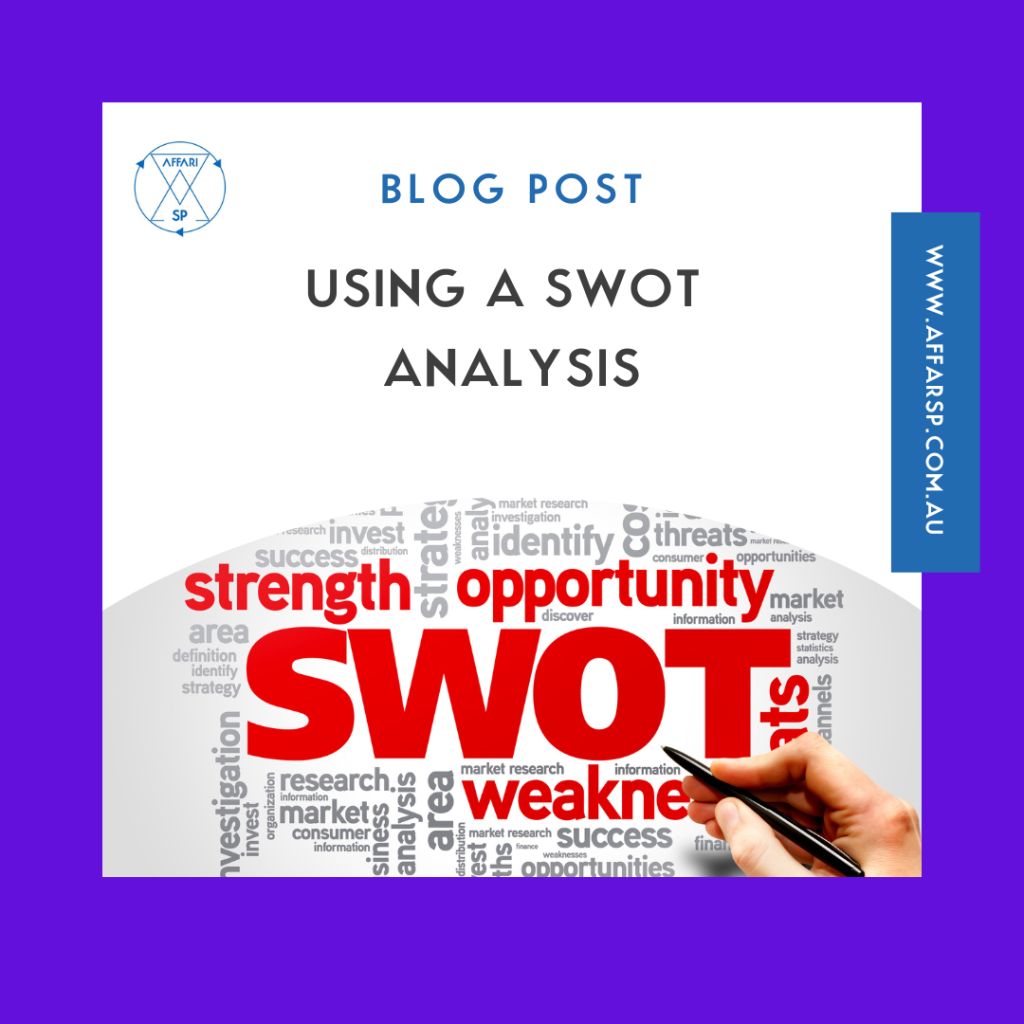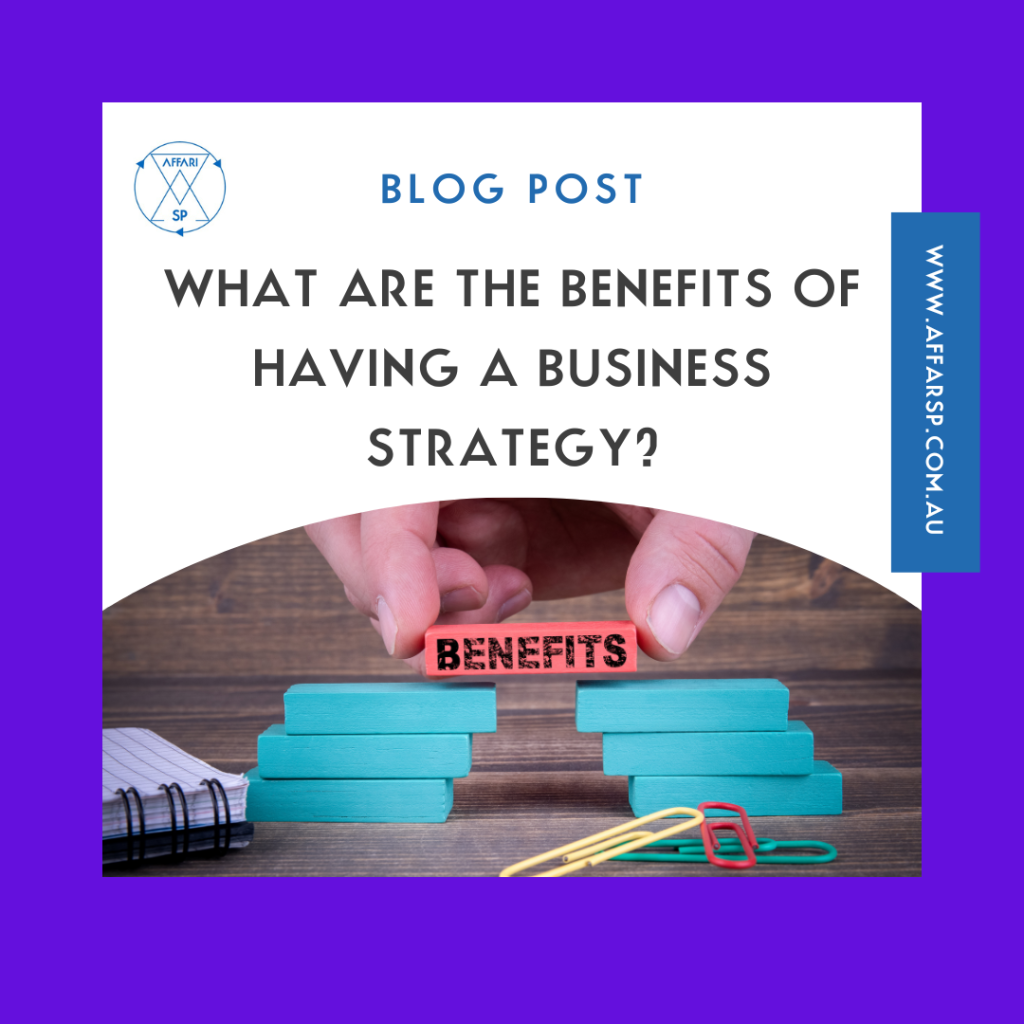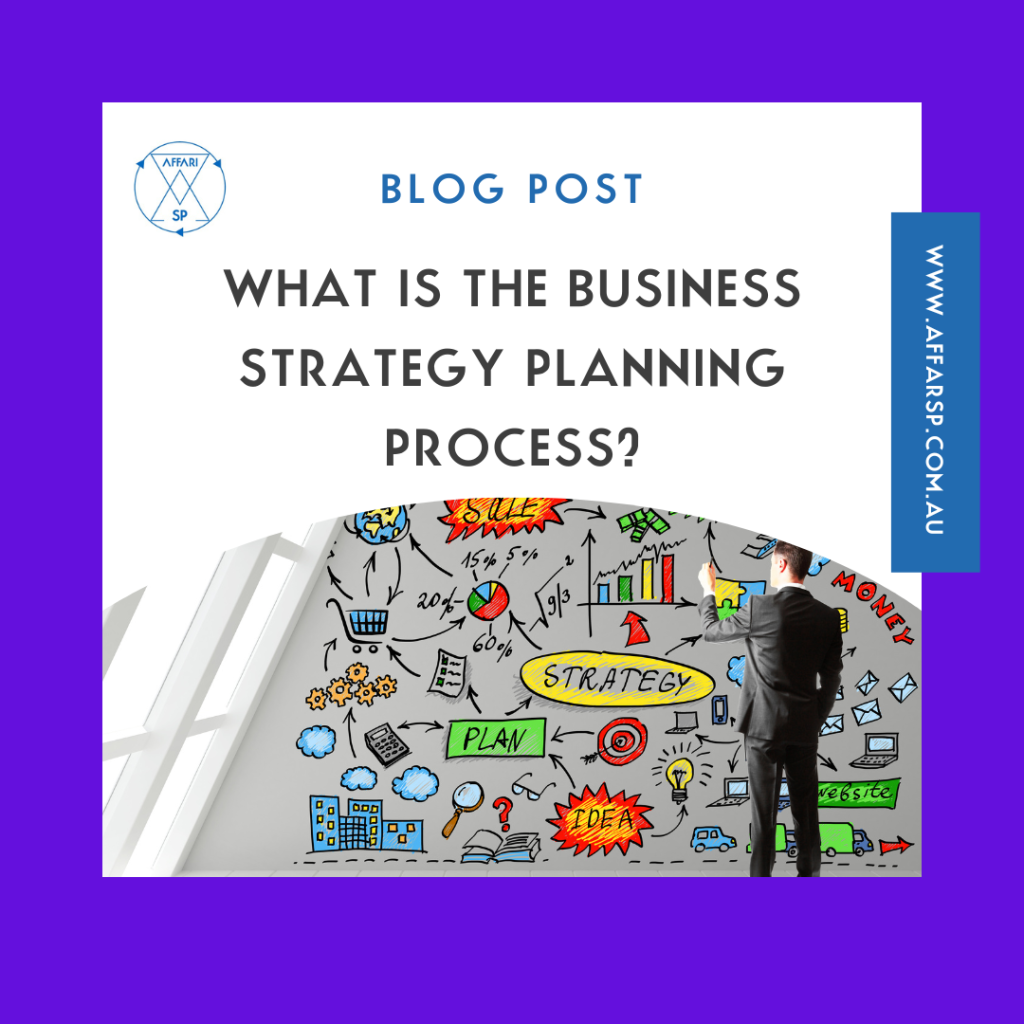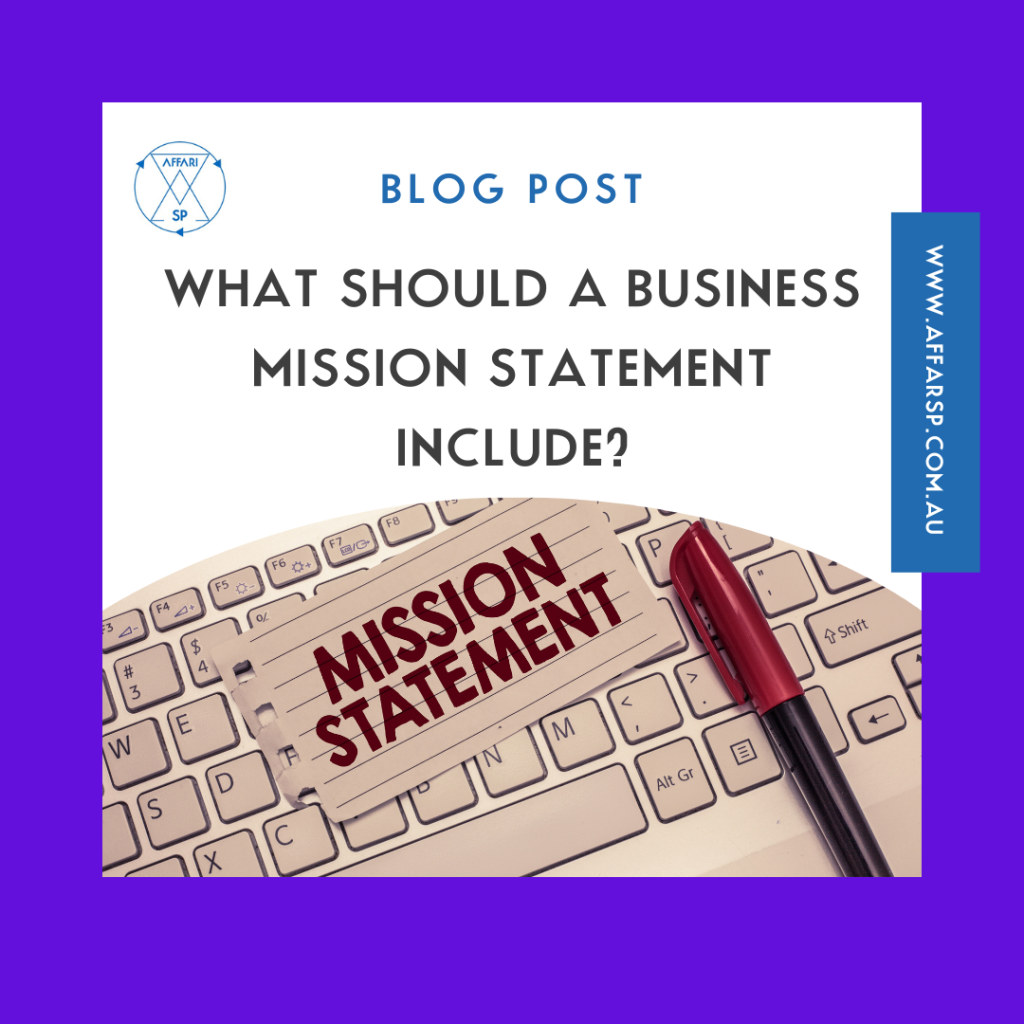Evaluating and Executing Your Business Strategy
Article by: Sara Pantaleo
Strategy evaluation is an essential step in the process of formulating and executing a strategy. It enables you to stop and evaluate the strategy alongside the company’s other day-to-day activities while executing said strategy.
Stopping to evaluate your strategy as you go is often overlooked, and where strategy execution is at risk of falling apart. Strategies can quickly become outdated when this occurs.
What is Strategy Evaluation?
The process of analysing a strategy to assess how well it’s been implemented and executed is called “strategy evaluation.” This should be used when making decisions about your organisation’s strategy.
You can never be too careful when it comes to your company’s success. You should evaluate the effectiveness of your strategy on an annual or biannual basis at the very least – if not more frequently – say quarterly or even monthly! Even though you may think that things are going smoothly, they might have changed drastically in just one short year, so don’t let yourself get comfortable with what works for now; stay vigilant and always strive towards progress instead.
If you feel your current strategy is dead now and needs a fresh start, you’ll want to perform a thorough strategy evaluation of what went wrong the last time around before starting a new one, so you can avoid it derailing again in the future.

Implementing an Evaluation Process
Implementing an evaluation process can be as simple as defining questions to answer upon each review. They could look something like this:
- What objectives have we completed?
- Are our KPIs supporting achieving the objectives effectively? Can they be improved or changed to better align with objectives?
- Have we missed the mark anywhere? What do we need to improve to avoid this in future?
- What did we do well?
- What actions do we need to take to correct anything we haven’t performed well on?
- Are our team displaying our values well? Have we fallen short anywhere? What can we do to improve?

Following Through
Evaluation is one thing, but without action to correct any gaps identified, the exercise is entirely pointless. To ensure any evaluation is effective, you must determine why things didn’t go to plan correctly and then put in plan a place to remedy this. Add these to your action plan, so it is updated to reflect your findings along the way.
Evaluating and Executing Your Business Strategy Read More »

